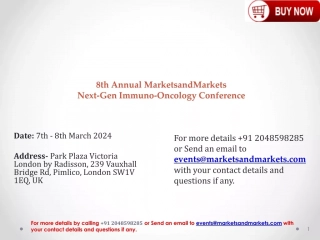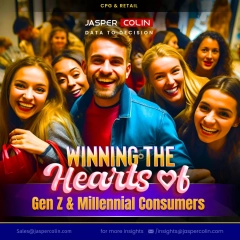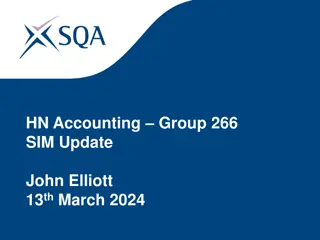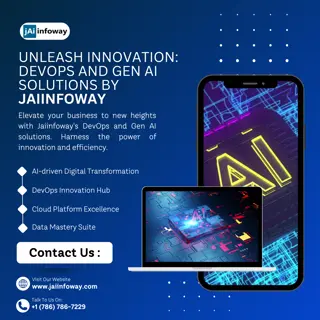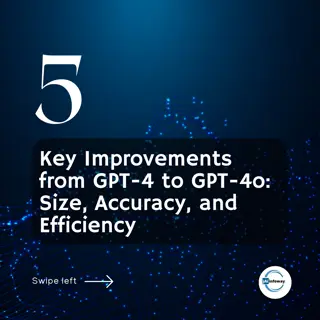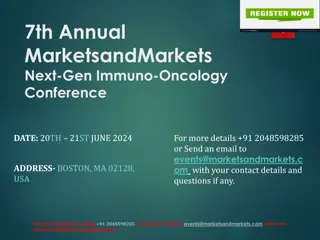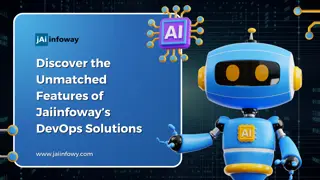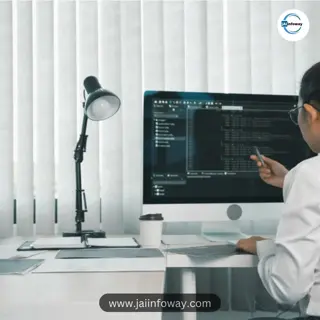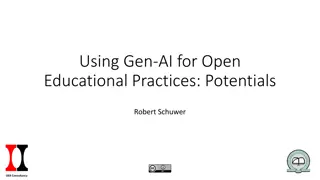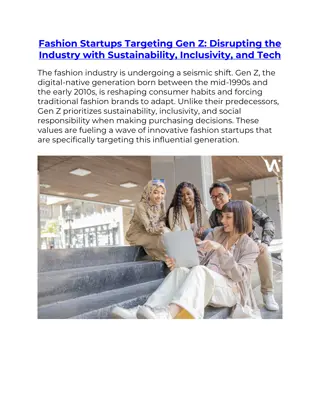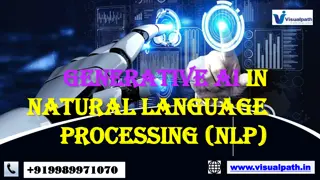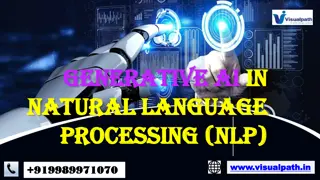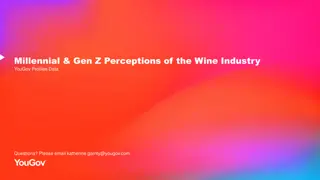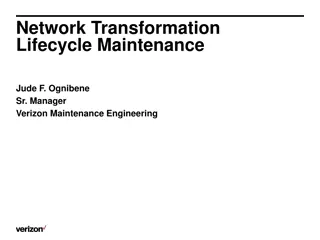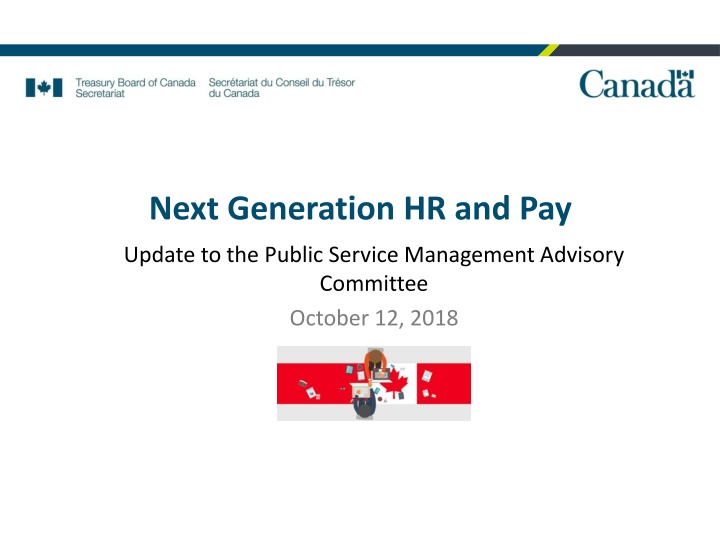
Next Generation HR and Pay Update for Public Service Management Advisory Committee
"Learn about the innovative approach to HR and pay, driven by lessons from Phoenix, in the update presented to the Public Service Management Advisory Committee. The initiative focuses on finding sustainable solutions with input from experts, unions, technology providers, and employees, aiming to modernize people management processes."
Download Presentation

Please find below an Image/Link to download the presentation.
The content on the website is provided AS IS for your information and personal use only. It may not be sold, licensed, or shared on other websites without obtaining consent from the author. If you encounter any issues during the download, it is possible that the publisher has removed the file from their server.
You are allowed to download the files provided on this website for personal or commercial use, subject to the condition that they are used lawfully. All files are the property of their respective owners.
The content on the website is provided AS IS for your information and personal use only. It may not be sold, licensed, or shared on other websites without obtaining consent from the author.
E N D
Presentation Transcript
Next Generation HR and Pay Update to the Public Service Management Advisory Committee October 12, 2018
NEW APPROACH NextGen is using a new approach to HR and Pay, with lessons learned from Phoenix. 1
Introducing the Next Generation of HR and Pay Budget 2018 announced the government s intention to find options for an alternative, long- term, and sustainable next generation pay solution. A future HR and Pay system for the Government of Canada should be driven by a modern people management process and system. The government will work closely with experts, unions, technology providers, and most importantly, our employees, to accomplish our goals. 2
This is not Business as Usual We are not defining complete requirements up front. Iterative Development of our vision Open and Transparent Leadership Agile Approach to Project Management Users at the heart of the process We are not using the waterfall procurement and project processes. We are not limiting user engagement to the end of the process. Accountability does not rest with traditional committees. 3
Initiative Overview Phase #2 Ideation & Experimentation Phase #3 Phase #1 Phases Implementation & Rollout Discovery & Analysis Gates Understand the problem, the users and the context. Set a vision and identify options. Validate the options, finalize solutions and implementation plan Deliver capabilities, realize benefits and transfer to operations Objectives Validated solutions Successful pilot Implementation & change mgmt. plan Target service & operating model Detailed costing Vision for HR & Pay Target Architecture Service & Technical Options Recommendation Successful implementations Benefits Key Outputs Target End Date To be confirmed Target TBC To be confirmed Multi-year implementation phase Spring 2019 1. 2. Public servants are paid accurately and on time. The GC can attract, retain and nurture a highly qualified workforce through a clear vision for modern digitally-enabled enterprise-wide HR and Pay services. Outcomes 4
PEOPLE FOCUSED A new solution will require changes to existing processes, with employee and vendor involvement at all stages of design and delivery. 5
HR and User Centric The Office of the Chief Human Resources Officer (OCHRO) is working in tandem with technical experts on the NextGen file. OCHRO s focus will be on Setting Business Outcomes Identifying Service Levels Establishing Vision Advocating Readiness Identify the expected service levels for application operations and support, looking to improve the business experiences of end users Set a common, enterprise vision of HR, including compensation Represent HR and user needs throughout the project Describe, clarify (and re-engineer, as needed) the business architecture to support project implementation and HR modernization Ensure that departments, agencies and end users are ready to adopt any new solution 6
Engagement is Built-in Maintaining consistent engagement with our user communities and bargaining agents throughout the process will be fundamental to our success. Engagement sessions held through a series of workshops in partnership with Ernst and Young. Documents will be made available and open to the public. Sandbox Members of the public can reach out to the Next Gen team directly through a generic mailbox. environments will enable user testing and the opportunity for users to provide feedback. Users - including employees, HR practitioners, compensation advisors, unions and managers - will be at the centre of any new solution. 7
AGILE PROCUREMENT We are engaging industry differently in order to identify the best options for a new HR and pay solution. 8
The Difference between Agile and Traditional Procurement Agile Procurement Process Enables industry feedback, best practices Scope is flexible and adaptable Interaction with vendors is ongoing Gated Approach Smaller/Faster Sprints Traditional Procurement Process All requirements need to be known and documented Limited interactions with vendors Scope is determined and set Long Process runs in its entirety contractual periods 9
The Agile Procurement Process Gate 1 Show Us Gate 2 Let us Gate 3 Convince Us STEPS Steps repeat for each gate Feedback, refinements, open publication Phase #1 Output Industry Day Step 1: Information Sharing Pre-qualified list of bidders established Step 2: Co-Design Spring 2019 Step 3: Development Vision & Strategy Target Architecture Service & Technical Options and Recommendation Step 4: Evaluation Insights Gathered Problem-Specific Challenges posted on Challenge Platform 10
Evaluating each Gate Applicants through the Agile Procurement Process will be evaluated at each gate based on Government of Canada standards. Gate 1 Gate 1 Show Us Gate 1 Gate 2 Let Us Gate 1 Gate 3 Convince Us Will look for solutions and services that are proven, scalable and follow GC standards and principles GC Digital Principles GC Architectural Standards More show, less tell Use of real scenarios and case studies Actual testing and interaction with users Presentations, demos, real-time feedback Collaborate and Co- design implementation and innovation solution Understand final costing and implementation scenarios Develop key principles for sustainment. The full Next Generation HR and Pay evaluation team will be multi-disciplinary and may change per gate and per stream. 11
WHATS NEW Fall Update on the NextGen Initiative 12
Launch of Gate 1 October 1, 2018 In the Show Us gate, vendors will submit: Vendor commercial product videos based on government user stories User experience mapping current & future product offerings to GC Business Capability Model Mandatory criteria response and evidence Forward looking product roadmaps for each key business capability Data model & workflow (to provide mock data for Gate 2) Costing model Gate One will be open for a minimum of 40 days, closing on November 11, 2018. 13

